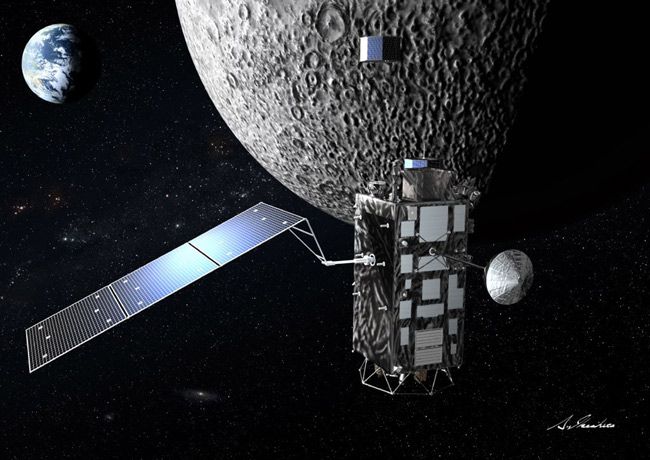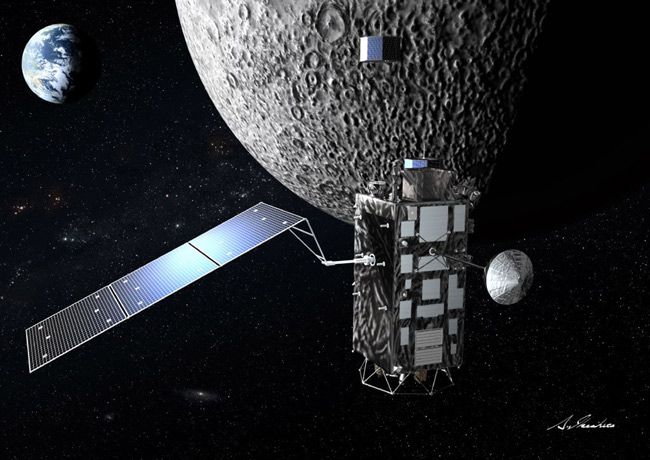
On Sept. 13, 2007, Japan launched the Kaguya spacecraft on a mission to the moon. Formally known as SELENE, which is short for SELenological and ENgineering Explorer, it was Japan’s second moon mission.
Kaguya launched from Tanegashima Space Center on a Japanese H-IIA rocket and looped around the Earth twice before heading to the moon. It carried 14 science instruments and two microsatellites to map the moon’s surface and study its gravitational field.
After a 20-day journey, it arrived in lunar orbit. The mission included three spacecraft: a main orbiter, a small communications satellite, and a third small satellite to map the moon’s gravitational field.
After about a year of lunar observations, the mission ended with a planned crash landing on the lunar surface.
Related stories:
On This Day in Space Archive!
[embedded content]
Still not enough space? Don’t forget to check out our Space Image of the Day, and on the weekends our Best Space Photos and Top Space News Stories of the week.
Follow us @Spacedotcom and on Facebook.



